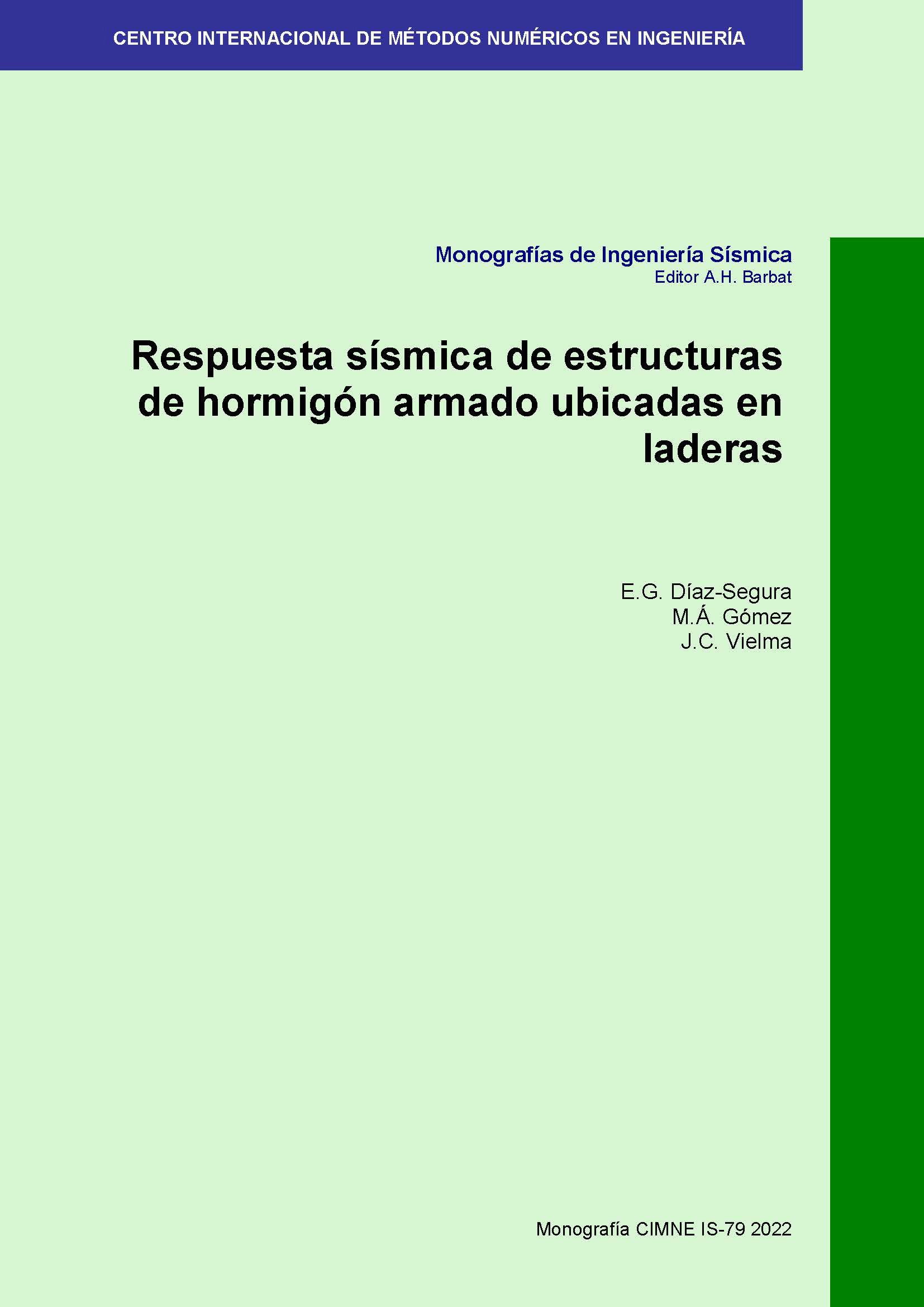Respuesta sísmica de estructuras de hormigón armado ubicadas en laderas
FREE!
Year of publication: 2022
Pages: 83
Year of publication: 2022
Pages: 83
Description
The present study aims to evaluate the seismic response of hillside buildings, according to two conditions: the variation of the seismic input motion caused by an inclined ground surface, and the variation in the base level inclination of the structure. The main objective of this research is to evaluate the possible differences in the response of hillside buildings, both in lineal parametric and nonlineal behavior, and in terms of performance criteria. Therefore, it is performed a lineal elastic analysis, and seismic design of four buildings, with different foundation inclination, besides a characterization of the design parameters. After that, by means of time history analyses, using fiber-based models, is studied the nonlineal response of this structures, subjected to seismic ground motions, derived from numerical models of soil, considering the topographic effects, calculated using the rock acceleration record of the 1985 Algarrobo earthquake, Chile. The study is concluded, performing an Incremental Dynamic Analysis (IDA), using the 1985 Algorrobo earthquake, registered in the station of Viña – Centro.
A minor difference caused by the topographic effects in the seismic input motion is observed in terms of maximum displacements and forces, being highly predominant the differences caused by the different angles of foundation. High concentrations of shear forces in short walls are obtained, corresponding to the walls situated in the upper zone of the foundation system. The response of the structures with high levels of inclination foundation is observed more prone to fragile failure, due to this accumulation of shear forces. Besides, the hillside buildings gain stiffness in the lower stories, which generates less maximum roof displacements for lineal-elastic models, but maximum roof displacements for nonlinear models remains the same for all models.
Additional information
| format | Monograph |
|---|---|
| Year of Publication | 2022 |

